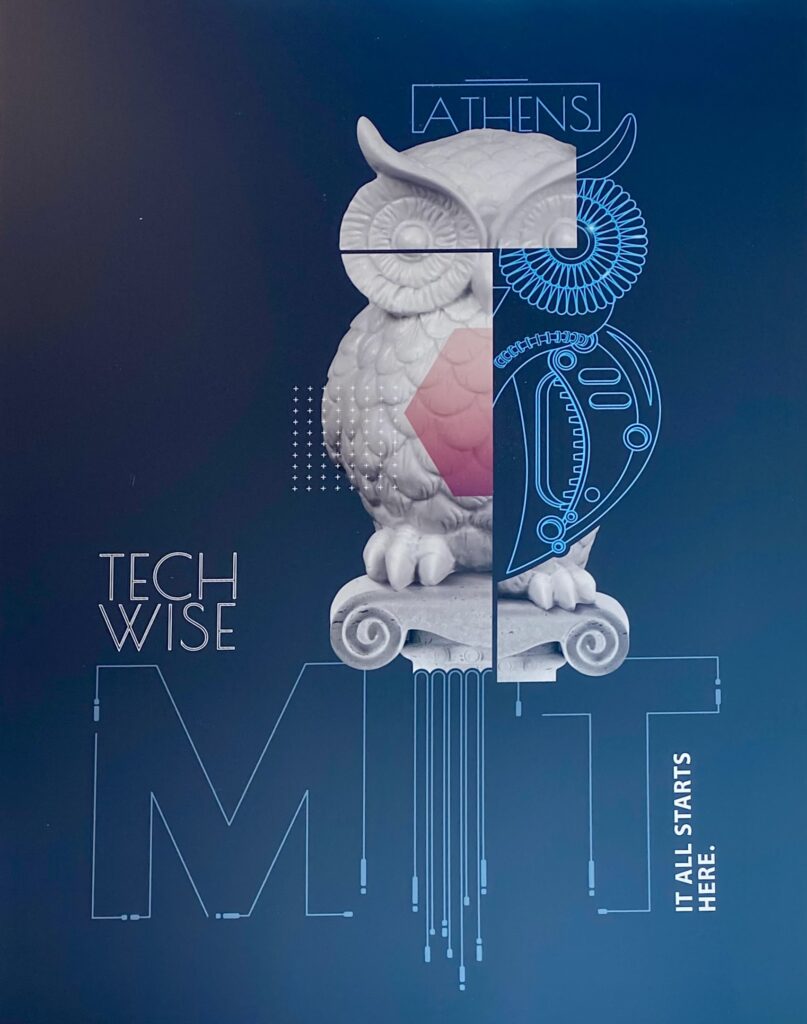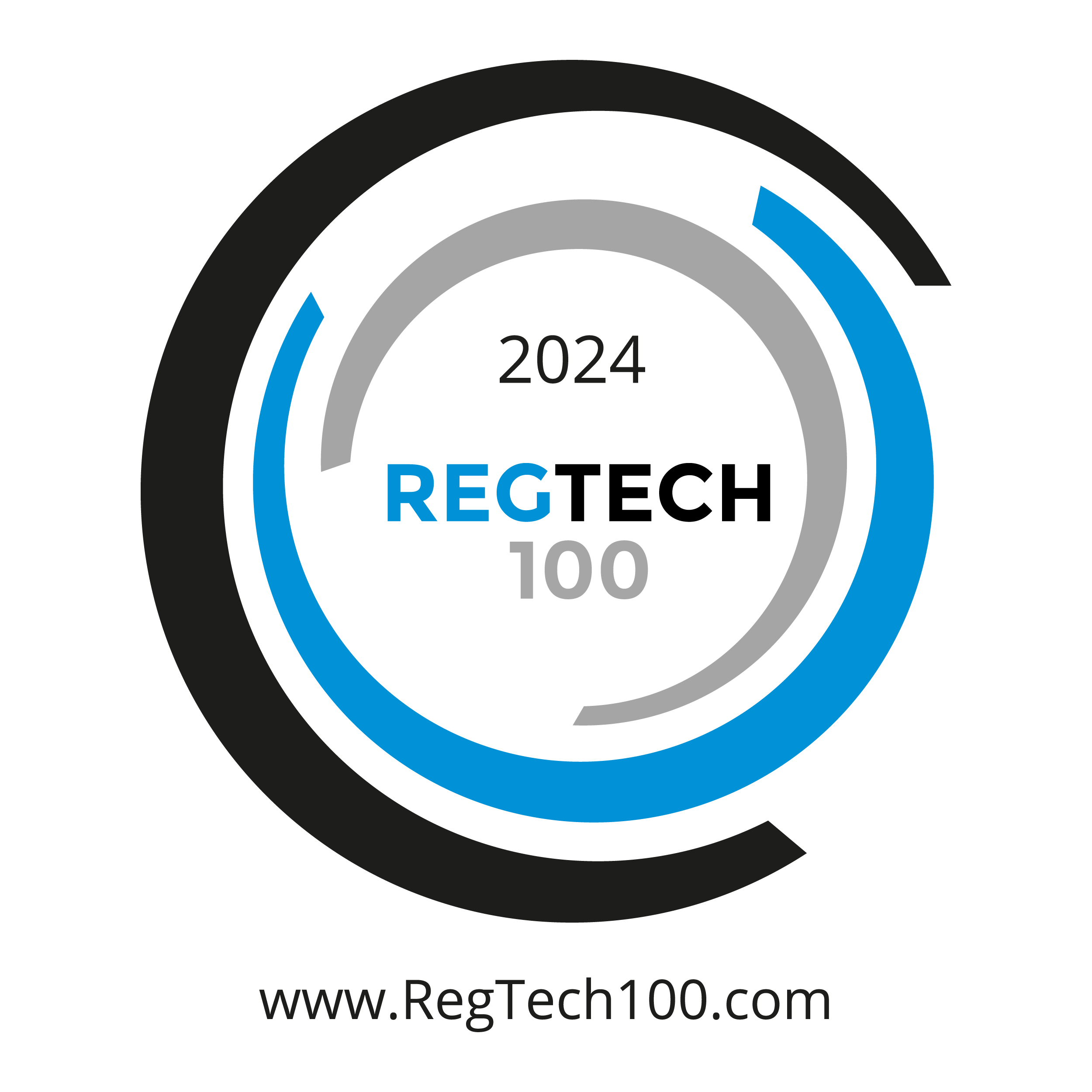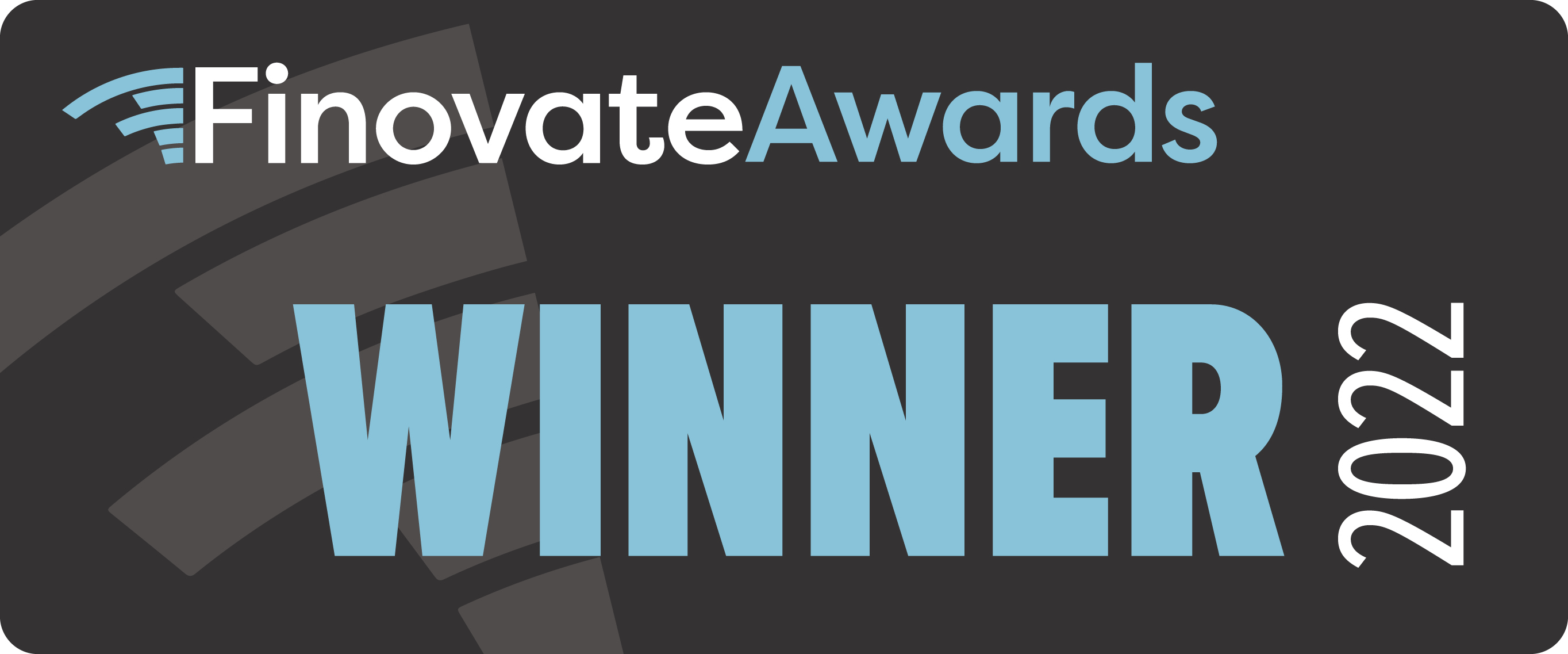
On 30th and 31st, March, the Massachusetts Institute of Technology (MIT) brought its world-renowned technology and entrepreneurship expertise to Athens for the 25th Global Startup Workshop and of course norbloc was there to listen and learn.
Now, we are here to share with you the 5 most valuable learnings and democratize the knowledge we gathered to help foster your own entrepreneurial spirit.
—
ONE. TEAM
In all the talks, keynote speeches and panels, a recurring theme came up; the individuals you choose to make up your teams will be incremental to your success and the success of your business.
The rate of change in a startup environment can be very rapid in comparison to what individuals tend to be used to, so you must select individuals that can change their job description every two years as the startup stage evolves. People who are comfortable with the rate of change, that can thrive in the startup environment instead of crumble under pressure.
Startup teams start off small and everyone counts, so what makes a great team are the complimentary skills and characteristics of each member. As said by Executive Director of the Entrepreneurship Centre at the University of Oxford, Maria Zubeldia Diaz in the panel, Building Tech Ventures, you must be humble, recognize your skills and weaknesses to make the puzzle pieces fit.
For every innovative idea there needs to be a team that is fit to bring it to life. Where technology is involved, there need to be tech experts capable of building what is envisioned; where the market is unknown, you need to bring someone along who is an expert in the field, who deeply understands what solutions already exist in the market before you go on to offer another one.
When you are hiring, use your network and hire slowly! Mention the job opening to everyone, because there is a tremendous filter that occurs through our networks that is super powerful. Communicate your company culture so that individuals can self-select out when they see it would not be a match. Allow the individual to compare their career trajectory, their background and the future as they imagine it, to what the startup environment would bring. However, throughout this process, ensure you are bringing diversity into recruitment.
If you’re the smartest person in the room, you’re in the wrong room.
TWO. LEADERSHIP
Moving along from the importance of the team, throughout the two-day event the value of great leadership, founders and co-founders was singled out. As emphasized by Dulcie Madden, CEO, Co-Founder and Partner at the Engine, as an entrepreneur you must be “massively intentional about how you want to build your company.”
A leader is someone who can motivate their team and adapt. As Co-Founder of Google Maps and Angel Investor, Lars Rasmussen put it, “you must have a pathological sense of optimism in your conviction that it will work.” Of course, this is not a standalone variable and a great leader will have verified trust in their conviction that it will work.
Having complimentary skills is an asset that is as important in leadership as it is in the team as a whole. Founders, Co-Founders and CEOs need to be aware of their strengths and weaknesses. As the famous quote goes, “if you’re the smartest person in the room, you’re in the wrong room.” This holds true for leaders too. Tasked with the job of building the team, it is on them to choose individuals who really know more and can bring something extraordinary to the company.
What about choosing leadership? As highlighted by Lars, who along with his brother co-founded the startup that has evolved into Google Maps as we know it today, “you should choose your Co-Founder the way you would your life partner. It’s risky to select someone that you don’t know deeply.”
Great leaders uphold their company culture, building the teams that can thrive and that turn into communities.
—
THREE. PRODUCT
We heard this one time and time again; in order to have a company you need a paying customer, without the customer, it’s not a company. Great! So, how do we get there? As stated by Entrepreneur-in-Residence and Lecturer at MIT Sloan, Macauley Kenney, “building a company is the goal, the product is the means to the end.”
In order to truly make something — product, service or platform — that a consumer will be willing to buy, you need to know who your intended customer is per market. Who are you designing this solution for?
By creating a fictional persona and keeping this users in mind, their objectives and their constraints, the product will take shape as you ask yourself:
- How will my solution be used?
- Under what conditions?
- How much will it cost? How much can it cost?
To translate the answers that arise from these questions, you must quantify all the parameters that you can; terms like fast or cheap will need to reflect a numerical point to aid decision making and product design. Quantitative data can be put into objective trees for mapping, PCCs, Pugh charts, whereas qualitative data cannot be.
Another commonly shared piece of advice within the startup world, “build simply, fail quickly.” Rapid prototyping and testing is encouraged to help reduce the resources spent while also capturing the strengths and weaknesses of the product as it is getting built to help it progress.
Finally, beware of the Ikea effect! People tend to value the things they build 66% more than if they had otherwise purchased the same solution, so remember this and don’t get attached to the product.
Love the problem, not the product.
FOUR. FUNDING
For any entrepreneur securing funding is vital, like the food you eat, the water you drink or the air you breathe.
Listening in on the panel, Funding Tech Ventures, with funding experts from Big Pi Ventures, AXA Venture Partners, ETF Partners and Meron Capital we were given a window into their world.
Did you ever find yourself wondering what makes a good investment? Well, according to Alex Eleftheriadis, François Robinet, Rob Genieser and Liron Azrielant a common notable factor is where they have felt they helped to make a difference — this is the most satisfying thing about a great investment. The sweet spot is when startups bring innovation to the world that can make our lives better in a more meaningful way, not just ROI for shareholders and stakeholders — although this too is important.
The panelists agreed that, in hindsight, the best investments were those which caused the most disagreement amongst the partners. They noticed that when there was consensus over an investment, these turned out to be mediocre at best. Perhaps because consensus was indication of the idea or solution being too obvious and perhaps even too late. Managing Partner at Meron Capital, Liron, added that, “no consensus is needed [amongst the partners] but strong, personal conviction is needed.” Meaning that where the team of investors noticed that at least one partner felt strongly about a particular startup or idea, it was worth investing in.
Another common question we find entrepreneurs asking is, when should I pursue investors, VCs and funding?
Circling back to the panel on Building Tech Ventures, Lars Rasmussen, Angel Investor of Canva, shared some insight. Canva’s founder, Melanie Perkins began her journey as a graphic designer, teaching her students how to use adobe and seeing them struggle. Noticing a gap in the market, namely a graphic design tool for non-professionals, she, along with her co-founder, went on to create a prototype, a tool for creating UI for yearbooks, to test and showcase to investors.
Melanie went to hundreds of investors, grounded in her conviction that Canva would go on to become one of the biggest companies in the world, only to be rejected over and over, because investors saw Adobe as fulfilling market demand.
The point to be made here is that idea validation does not always come from getting a “yes” from an investor or a VC. Really impactful solutions and companies can come from markets that are not so obvious.
Nevertheless, it is vital to gain some market traction first and have early interaction with the market through rapid prototyping and testing before going to seek out investors and investment.
Once again, the take home message is fail fast.
Build simply, fail quickly.
FIVE. INNOVATION
Our final takeaway revolves around innovation. The fact is that epic things are happening through startups which are some times beyond our field of vision because they’re not exactly aligned with our day-to-day interests. It is platforms and events like these that can open your eyes to all that is being developed across industries, to innovation and companies that have the potential to disrupt the status quo.
Technologies that we are now quite used to hearing about, such as AI, are being leveraged in health and biotechnology to create immensely impressive solutions and help advance our understanding of human biology and disease.
In the Frontiers in Health and Biotechnology panel, we heard from Associate Director of MIT.nano, Brian Anthony about smart homes with in-built sensors used to measure biometrics turning your environment into the sensor receptor, solving the issue of user compliance of wearables and advancing home healthcare.
Sloane Phillips, VP of Data Operations at Iterative Health, spoke to us about AI and machine learning used to improve diagnostic testing. These technologies can be leveraged to help pharmaceutical companies get the drug or product to market faster by finding eligible patient for trialing, which otherwise can take decades. This is especially important where rare diseases are concerned.
Each one of us cannot solve all the problems, but we can each focus on one by deconstructing major issues, such as climate change, food waste and sustainability, to create specialized solutions. For example, Miles Barr, Co-Founder & CTO at Ubiquitous Energy, who with his team developed a transparent solar panel that, just like a window, can be incorporated to any surface of a building expanding the bounds in which solar panels and solar energy can be harnessed.
As underlined by Andrey Zarur, Co-Founder, President & CEO of GreenLight Biosciences, a company that has created RNA-based pesticides to rid us of chemical alternatives, the world as we know it is riddled with problems that need solving and the only way for this to happen is if we put time, effort and resources into developing adequate solutions.
Only so much can be achieved by raising awareness and complaining about the problems that we face. The solutions lie in innovation and entrepreneurship.
—






